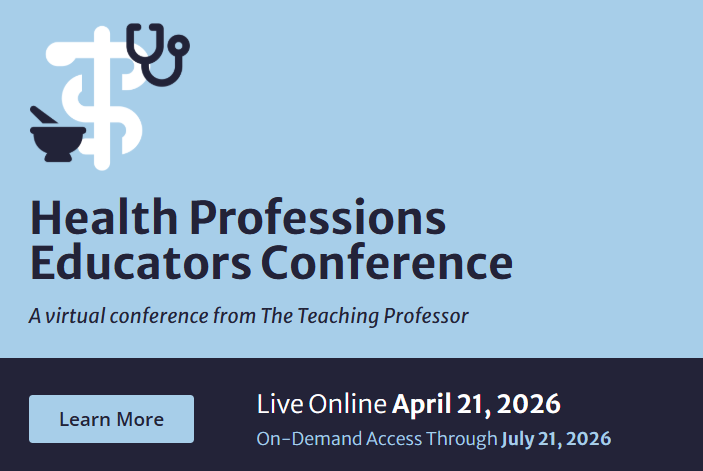Experiential Learning: Bridging the Gap Between Engaged and Disengaged
Not all disengaged students fall into the stereotype of the slacker who comes late to class (if at all), or is as easy to spot as Jeff Spicoli from Fast Times at Ridgemont High. In fact there are a number of students who are masters at playing the game … doing just enough to get by … attending class but not really participating, much less engaging with the content.



